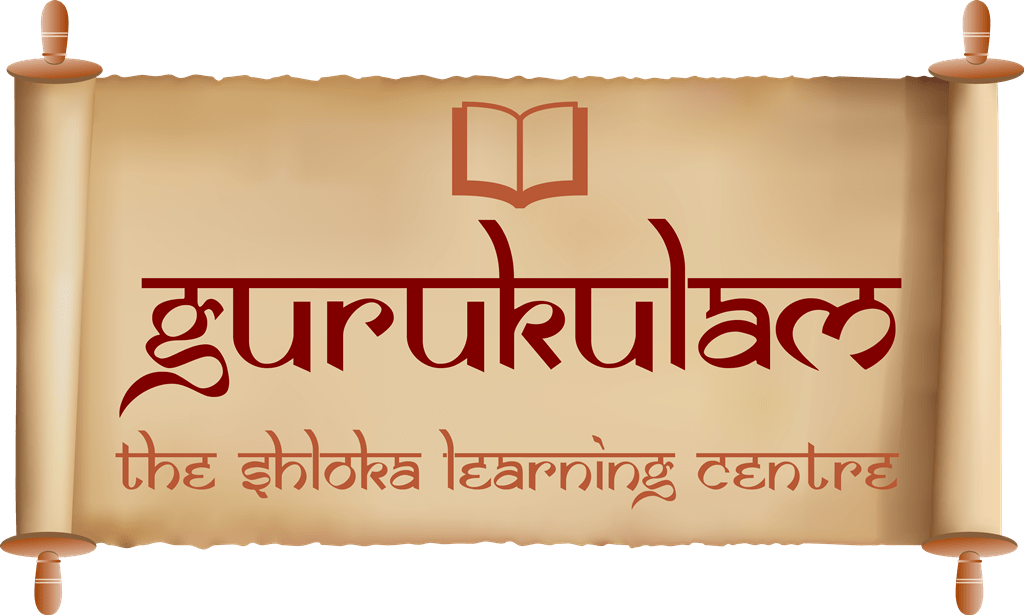Major Traditions in Hinduism</p> <p>By Unnathi
SHAIVISM – Unnathi.V
 Shaivism is the second largest religious community in contemporary India. It has several distinct and important branches and is commonly associated with asceticism. Lord Shiva himself is often depicted as a yogi sitting in meditation in the Himalayas. Shaivism includes the principle of avatar, but the concept is less developed than in Vaishnavism. Shiva has important forms as Rudra (in a fierce and angry mood), Nataraja (the King of Dance), and the Linga. Shiva’s followers often consider him the Supreme deity, above all others.
Shaivism is the second largest religious community in contemporary India. It has several distinct and important branches and is commonly associated with asceticism. Lord Shiva himself is often depicted as a yogi sitting in meditation in the Himalayas. Shaivism includes the principle of avatar, but the concept is less developed than in Vaishnavism. Shiva has important forms as Rudra (in a fierce and angry mood), Nataraja (the King of Dance), and the Linga. Shiva’s followers often consider him the Supreme deity, above all others.
It is one of the oldest and one of the four major sects in Hinduism. It is popular in most of the south Asian countries such as Nepal, Sri Lanka, Malaysia, Singapore, Cambodia and Indonesia. It is the most prominent in India.
Concepts of Shaivism
- Pati- Pati means the husband or the lord of this entire creation. He performs the five important functions as the creator, destroyer, concealer, revealer and preserver. He is responsible for casting the net of Ma or illusion upon the occupants of the world he has created.
- Pasu- Pasu means animals. It includes every animal and life form including humans that live in this world. These beings or Jivas are subject to three kinds of impurities that are egoism, delusion and attachments. These beings are bound to the world they liv in by their desires and attachments.
- Pasa- Pasa signifies or refers to the attachments formed by living beings to other objects. These attachments are formed through inner desire and repeated contact with the objects. This bounds the living being to their world and is the reason for their suffering. In order to attain liberation and true freedom, one must detach themselves from worldly desires and attachments.
- Prakriti– Prakriti or nature is considered to be a part of Shiva as well as an independent deity called Shakti. It is responsible for manifesting parts of itself into this world to create and change it. It is considered to be the cause of creation.
The Main Sects in Shaivism
Pasupathi
Perhaps the oldest school within Shaivism. The school of Shaiva Siddhanta is a continuation of this tradition.
Shaiva Siddhanta
Followed by many intellectuals. It has a personal doctrine, stressing the plurality of souls (as opposed to the advaita idea that all souls and God are ultimately one).
Kashmiri Shaivism
Almost defunct today. Its most prolific writer is Abhinavagupta (c. 960 – 1020). The goal of this movement is to “become Shiva “and regain one’s universal nature. It is also called Shiva-advaita.
Virashaivism (the Lingayats)
Closely associated with the twelfth-century reformer, Basava. It opposed caste differences. Followers wear a small Shiva-linga round the neck. The present community is centered round Karnataka.
Shaiva Asceticism
Shaiva has long been connected with rigorous asceticism. Well known are the naked Nagas. Many yogis are Shaivites. Prominent are the Nathapatnis, followers of Gorakhnatha, and the Aghori who deliberately contravene moral norms.
Important Places
- Benares
- Kedarnath
- Somnath
- Rameswaram
- Chidambaram
- Amarnath
Important Stories
- Shiva drinks poison
- Shiva destroys the three cities of the demons
- Killing Andhaka and other demons
- Daksha’s sacrifice
Shaktism
 Shaktism is a major tradition of Hinduism, wherein the metaphysical reality is considered metaphorically a woman and Shakti is regarded as the supreme godhead. It includes many goddesses, all considered aspects of the same supreme goddess. Shaktism has different sub-traditions, ranging from those focused on gracious Parvati to that of fierce Kali.
Shaktism is a major tradition of Hinduism, wherein the metaphysical reality is considered metaphorically a woman and Shakti is regarded as the supreme godhead. It includes many goddesses, all considered aspects of the same supreme goddess. Shaktism has different sub-traditions, ranging from those focused on gracious Parvati to that of fierce Kali.
The most common aspects of Devi found in Shaktism include Durga, Kali, Saraswati, Lakshmi, Parvati and Tripurasundari. Shaktism’s ideas have influenced Vaishnavism and Shaivism traditions, with the Goddess considered the Shakti/Energy of Vishnu and Shiva respectively, and revered prominently in numerous Hindu temples and festivals.
Shaktas conceive the Goddess as the supreme, ultimate, eternal reality of all existence, or same as the Brahman concept of Hinduism. She is considered to be simultaneously the source of all creation, its embodiment and the energy that animates and governs it, and that into which everything will ultimately dissolve.
Worship
Shaktism encompasses a nearly endless variety of beliefs and practices – from animism to philosophical speculation of the highest order – that seek to access the Shakti (Divine Energy or Power) that is believed to be the Devi’s nature and form. Its two largest and most visible schools are the Srikula (family of Sri), strongest in South India, and the Kalikula (family of Kali), which prevails in northern and eastern India.
Festivals
Shaktas celebrate most major Hindu festivals, as well as a huge variety of local, temple- or deity-specific observances. A few of the more important events are listed below:
- Navratri
- Vasant Panchami
- Lakshmi Pooja (Diwali)
Books
Shaktism include the Shakta Upanishads, as well as Shakta-oriented Upa Puranic literature such as the Devi Purana and Kalika Purana, the Lalita Sahasranama (from the Brahmanda Purana).

